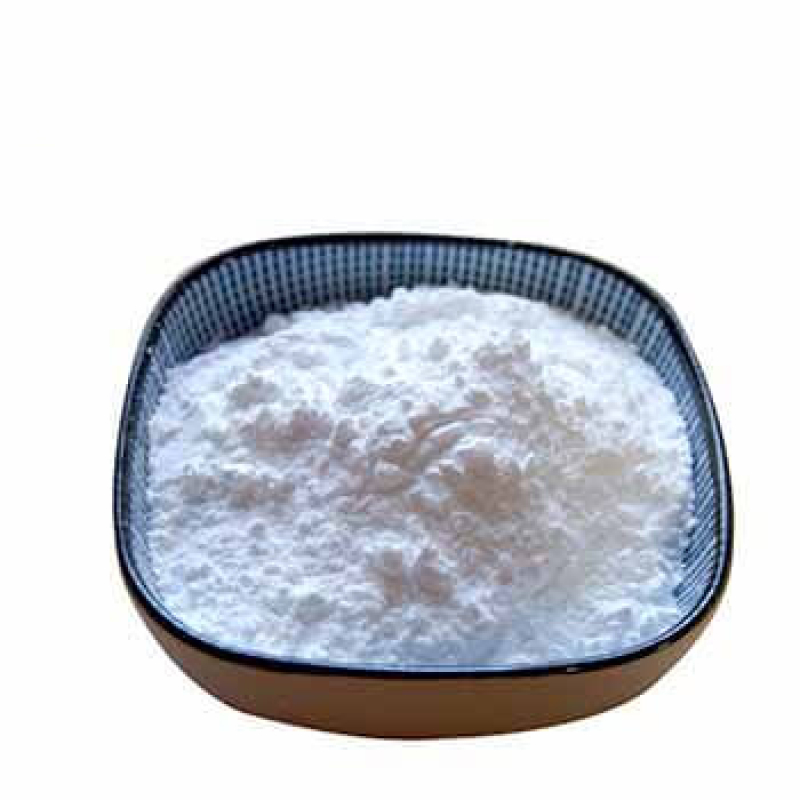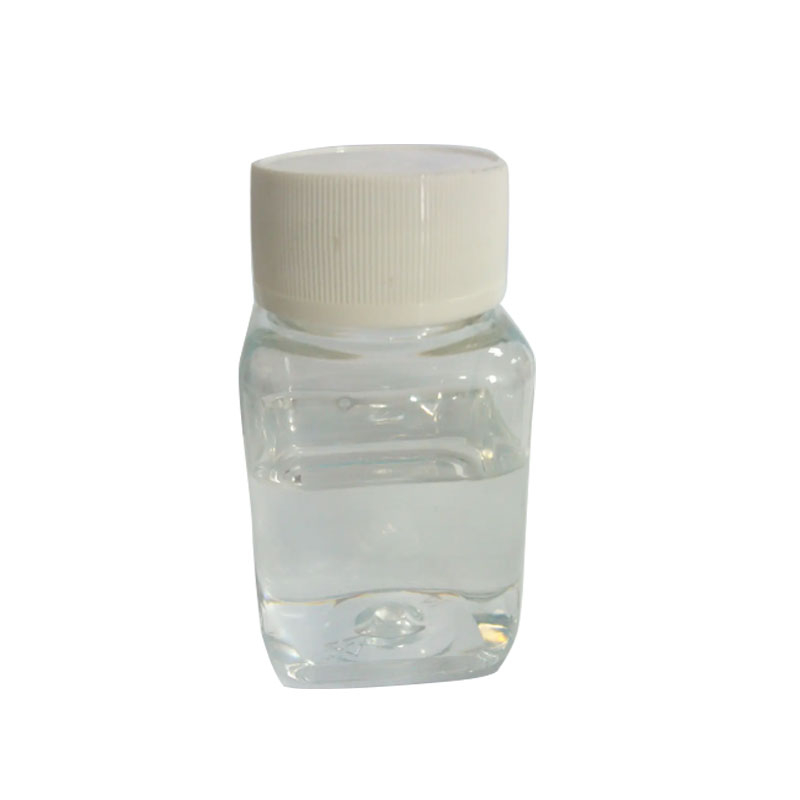Products Description of Glycidol CAS#556-52-5Glycidyl alcohol is also called glycidol. This substance is used as a stabilizer for natural oils and vinyl polymers, demulsifiers, dyeing and layering agents, and is used in surface coatings, chemical synthesis, fungicides, etc.
Contacter maintenant
Products Description of K-CATALYST CAS#1318-93-0Montmorillonite, also known as microcrystalline kaolinite or collinite, is an aluminosilicate whose main component is octahedral montmorillonite particles. It was named after it was first discovered in Montmorillonite, France. . Montmorillonite is a very soft phyllosilicate mineral that forms microscopic crystals called clays when they precipitate out of aqueous solutions.
Contacter maintenant
Products Description of Amino tris(methylene phosphonic acid) CAS#6419-19-8Chlorotrimethylenephosphonic acid, also known as aminotrimethylenephosphonic acid (ATMP), has good chelation, low-limit inhibition and lattice distortion effects. It can prevent scale-forming salts in water from forming scale, especially calcium carbonate scale. Aminotrimethylenephosphonic acid is chemically stable in water and is not easily hydrolyzed.
Contacter maintenant
Products Description of Direct Pigment Yellow 42 CAS#51274-00-1Pigment yellow 42, also known as Yellow Iron oxide is a yellow powder in the form of an alkaline oxide with comparatively stable chemical properties. It is is insoluble in water and alcohol, slightly soluble in acids but completely dissolves in concentrated hydrochloric acid. When heated to 80℃, it loses water and converts to red ferric oxide. It is used in coating, printing ink and paint, and also as a coloring agent for building material, rubber and paper-making.
Contacter maintenant
Products Description of p-Menthane-3,8-diol CAS#42822-86-6Menthanediol, also known as p-menthane-3,8-diol, abbreviated as PMD, has been included in the National Cosmetic Raw Materials Catalogue (2016) and the GB2760 Food Additives Catalogue, and can be used as a cooling agent in cosmetics and food.p-Menthane-3,8-diol Chemical PropertiesMelting point 82-83 °CBoiling point 267.6±8.0 °C(Predicted)density 1.009±0.06 g/cm3(Predicted)FEMA 4053 | P-MENTHANE-3,8-DIOLstorage temp. Sealed in dry,Room Temperaturesolubility Chloroform (Slightly), Methanol (Slightly)form&
Contacter maintenant
Products Description of N,N-Diethyl-p-phenylenediamine sulfate CAS#6283-63-2White or light red crystals. Soluble in water, slightly soluble in alcohol. Easily oxidized to pink.
Contacter maintenant
Products Description of 4'-Methylpropiophenone CAS#5337-93-9The molecule of p-methylpropiophenone contains a polar carbonyl (C=O) bond and a non-polar benzene ring. The whole molecule is relatively polar, but also has a certain non-polarity. Therefore, it can be dissolved in non-polar solvents such as petroleum ether and benzene, as well as polar solvents such as ethanol and dimethylformamide. The molecule of p-methylpropiophenone contains a long alkyl chain and a benzene ring, and there are certain van der Waals forces and hydrogen bonding forces between molecules.
Contacter maintenant
Products Description of Mix Xylene CAS#1330-20-7Xylene (dimethylbenzene) is a colorless, transparent, aromatic liquid. It is the product of two hydrogen atoms on the benzene ring being replaced by methyl atoms. It has a boiling point of 137-140°C. Xylene is divided into three isomers: o-xylene, m-xylene, and p-xylene according to the positions of the two methyl atoms. In industry, xylene refers to a mixture of the above isomers and ethylbenzene.
Contacter maintenant
Products Description of 4'-HydroxyacetophenoneCAS#99-93-4Since p-hydroxyacetophenone contains hydroxyl and ketone groups on the benzene ring in its molecule, it is often used as an intermediate in organic synthesis to react with other compounds to synthesize many important substances.
Contacter maintenant
Products Description of N,N'-Carbonyldiimidazole CAS#530-62-1N,N′-Carbonyldiimidazole (CDI for short) is a derivative of imidazole. Its imidazole structure has a closed large P bond, and one of the nitrogen atoms has a lone pair of electrons in the unbonded sp2 orbital. These determine that CDI has strong chemical reactivity and can react with functional groups such as ammonia, alcohol, and acid to synthesize many compounds that are difficult to obtain by general chemical methods.
Contacter maintenant
Products Description of 2-Aminobenzotrifluoride CAS#88-17-5O-aminotrifluorotoluene is a colorless or light yellow transparent liquid with a relative density of 1.282, a melting point of 34-35°C, and a boiling point of 174-175°C. It is slightly soluble in water and easily soluble in organic solvents such as alcohol and ether. It is the most popular chemical product in recent years.
Contacter maintenant
Products Description of CALCIUM TITANATE CAS#12049-50-2Calcium titanate is an inorganic substance with the chemical formula CaTiO3. It belongs to the cubic crystal system and is a basic inorganic dielectric material with excellent dielectric, temperature, mechanical and optical properties.
Contacter maintenant
Products Description of 2-Bromo-2-nitro-1,3-propanediol CAS#52-51-72-Bromo-2-nitro-1,3-propanediol CAS#52-51-7 is an intermediateProduct Parameters of 2-Bromo-2-nitro-1,3-propanediol CAS#52-51-71. Names and IdentifiersName2-Bromo-2-nitro-1,3-propanediolSynonyms 1,3-Propanediol,2-bromo-2-nitro-2-Brom-2-nitropropan-1,3-diol2-Bromo-2-nitro-1,3-propanediol,BNPD,BNPK2-BroMo-2-nitropropane-12-bromo-2-nitropropane-1,3-diol2-Bromo-2-nitropropane-1,3-diol (Bronopol)3-diol(Bronopol)4-01-00-025014-01-00-02501(Beilstein Handbook Reference)b-Bromo-b-nitrotrimethyleneglycolBroken Ba
Contacter maintenant
O-(Tetrahydro-2H-pyran-2-yl)hydroxylamine CAS#6723-30-4O-(Tetrahydro-2H-pyran-2-yl)hydroxylamine Chemical PropertiesMelting point 34-37 °C (lit.)Boiling point 81 °C/20 mmHg (lit.)density 1.1274 (rough estimate)refractive index 1.4206 (estimate)Fp 180 °Fstorage temp. Keep in dark place,Inert atmosphere,Store in freezer, under -20°Csolubility DMSO (Slightly), Methanol (Slightly)pka3.28±0.20(Predicted)form Low Melting Solidcolor WhiteSafety InformationHazard Codes XiRisk Statements 36/37/38Safety Statements 26-36WGK Germany 3HS
Contacter maintenant
N-Methyl-2-Pyrrolidone CAS# 872-50-4N-Methyl-2-pyrrolidone is a colourless or light yellow liquid with an amine odour. It can undergo a number of chemical reactions even though it is accepted as a stable solvent. It is resistant to hydrolysis under neutral conditions, but strong acid or base treatment results in ring opening to 4-methyl aminobutyric acid. N-Methyl-2-pyrrolidone can be reduced to 1-methyl pyrrolidine with borohydride.
Contacter maintenant
Products Description of N-Methyl-2-pyrrolidone CAS#872-50-4N-Methylpyrrolidone is referred to as NMP, molecular formula: C5H9NO, English: 1-Methyl-2-pyrrolidinone, appearance is colorless to light yellow transparent liquid, slightly smell of ammonia, miscible with water in any proportion, soluble in ether, acetone And various organic solvents such as esters, halogenated hydrocarbons, aromatic hydrocarbons, etc., almost completely mixed with all solvents, with a boiling point of 204°C and a flash point of 91°C. It has strong hygroscopicity and stable chemical properties.
Contacter maintenant
Sodium Lauroylsarcosinate CAS# 137-16-6Sodium lauryl creatine (INCI; Sodium n-lauroyl sarcosine is a mild, biodegradable anionic surfactant derived from sarcosine that is used as a foam and cleaner in shampoos, shaving foams, toothpastes and foam washing products.
Contacter maintenant
Products Description of Bismuth trioxide CAS#1304-76-3Yellow monoclinic crystals. Soluble in acid, insoluble in water and alkali. Can be reduced by carbon and hydrogen. Made by heating and decomposing bismuth nitrate. Used to make metallic bismuth, catalysts and bismuth oxide superconductors.Bismuth oxide is also known as "bismuth trioxide". Pure products include α-type, β-type and δ-type. α-type is yellow monoclinic crystal with a relative density of 8.9 and a melting point of 825℃. It is soluble in acid but insoluble in water and alkali.
Contacter maintenant
Products Description of (2-Bromoethyl)benzene CAS#103-63-9β-Bromophenylethane is an important intermediate for the synthesis of highly efficient brominated flame retardant polybrominated styrene, and is also commonly used in the preparation of organic synthesis intermediates. For example, β-Bromophenylethane can be used to prepare 4-(4-phenylbutoxy)benzoic acid, an intermediate for preparing pranlukast. Pranlukast was first successfully developed by Ono Co., Ltd. of Japan as an anti-asthma drug and was launched in Japan in 1995.
Contacter maintenant
Products Description of C.I. Acid Black 194 CAS#61931-02-0Acid Black 194, dark brown powder, can be used for dyeing wool, silk, nylon, wool blended fabrics and direct printing of wool and silk fabrics, with rich color and good level dyeing. When used for dyeing wool and other fibers in the same bath, silk will be dyed, nylon will be seriously stained, and acetate fiber and cellulose fiber will be slightly stained.C.I.
Contacter maintenant
Products Description of 2-Amino-2-methyl-1-propanol CAS#124-68-5White crystal block or colorless liquid. Miscible with water, soluble in alcohol, irritating to eyes and skin. There is the synthesis of surfactants. Vulcanization accelerator. Acid gas absorbent.
Contacter maintenant
2-Methyl-1-propanol CAS#78-83-1Isobutanol, additionally recognised as isopropyl alcohol or 2-methyl propanol, is a colorless and flammable liquid. It is one of the most important components of clean tea leaves, black tea and inexperienced tea to produce the top notch aroma. The molecular weight of isobutanol is 74.12, with a boiling factor of 107.66 ℃, a relative density of 0.8016, a refractive index of 1.3959, and a flash factor of 37 ℃.
Contacter maintenant
Products Description of Tris(2-methyl-1-aziridinyl)phosphine oxideCAS#57-39-6It is mainly used as a crosslinking agent and curing agent for the resin coating of missiles.
Contacter maintenant
Cyclohexanol CAS#108-93-0Cyclohexanol is a clear, colorless to light yellow, viscous, hygroscopic liquid with a camphor-like odor. A detection smell threshold awareness of sixty four μg/m3 (155 ppbv) was once said through Punter (1983). It has a pretty excessive flash factor and boiling range. A solvent for cellulose ethers, ester gum,shellac, low viscosity silicones and polyvinyl chloride. lt has a pretty confined use in display screen inks.
Contacter maintenant



































